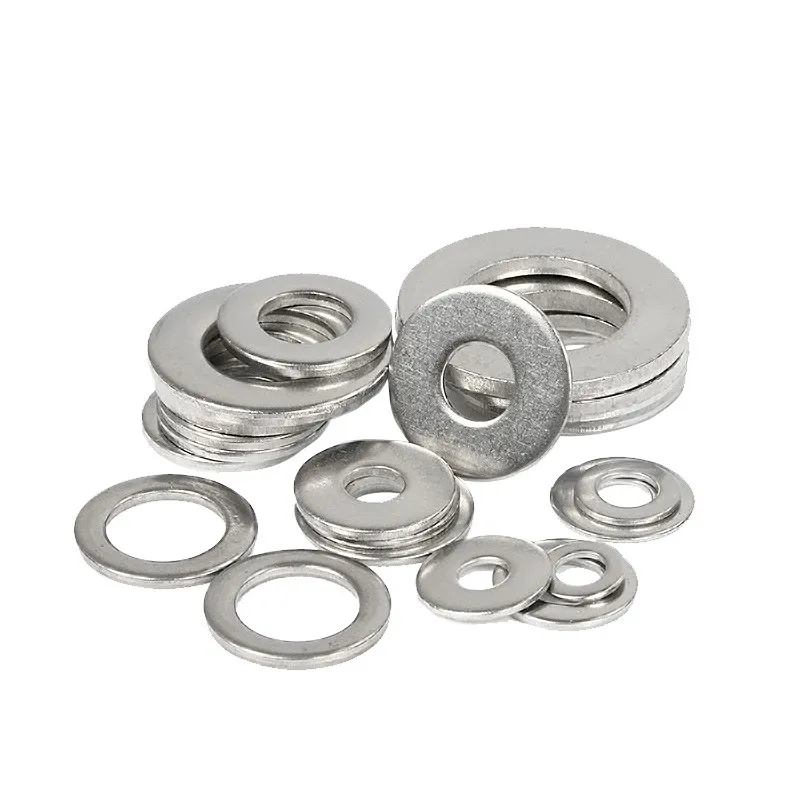

ferrule stud welding
Dec . 22, 2024 08:18 Back to list
ferrule stud welding
Ferrule Stud Welding A Comprehensive Guide
Ferrule stud welding is a specialized process used primarily in construction and manufacturing, allowing for the efficient attachment of studs to various substrates. This advanced welding technology is increasingly favored for its speed, strength, and adaptability across different materials, making it a staple in many industrial applications.
Overview of Stud Welding
Stud welding is a process where a fastener, called a stud, is welded to a metal surface. This method has been around for several decades and has evolved to become a critical technique in various industries, including automotive, aerospace, and construction. The principle behind stud welding is simple it uses heat generated from an electric arc to fuse the stud to the workpiece without the need for additional fasteners or components.
Definition of Ferrules and Their Importance
Ferrules, which are typically cylindrical or conical metal sleeves, play a crucial role in stud welding. They are designed to be used in conjunction with weld studs, ensuring that the welding process is both efficient and effective. The primary purpose of ferrules in the welding process is to contain the molten metal during the application of heat and to provide a controlled environment for the weld to form.
Ferrules come in various sizes and materials, including stainless steel, aluminum, and other alloys. The choice of ferrule material often depends on the specific application and the properties required for the final product. For example, stainless steel ferrules are commonly used in environments where corrosion resistance is paramount.
The Ferrule Stud Welding Process
The ferrule stud welding process involves several steps to ensure a successful weld. The first step is preparing the workpiece by cleaning the surface to remove oxides, rust, or any contaminants that could hinder the welding process. Once the surface is clean, the ferrule is placed over the stud, and the assembly is positioned against the substrate.
An electric arc is then generated between the stud and the substrate, creating a significant amount of heat. This heat melts both the base material of the stud and a portion of the substrate, allowing the molten metal to flow into the ferrule. The design of the ferrule helps to contain the molten metal and promote a strong weld joint as the materials cool and solidify, creating a bond that is generally stronger than the materials being joined.
Advantages of Ferrule Stud Welding
ferrule stud welding

Ferrule stud welding offers several benefits that make it a preferred choice in many applications
1. Speed The process is incredibly fast, with studs being welded in just seconds. This efficiency translates to reduced labor costs and shorter overall project timelines.
2. Strength The resulting welds are known for their high tensile strength, making them suitable for applications involving heavy loads and stress.
3. Versatility Ferrule stud welding can be applied to a wide range of materials, including steel, aluminum, and certain alloys, making it adaptable to different industries and requirements.
4. Minimal Distortion The localized heating ensures that there is minimal distortion or warping of the surrounding material, which is particularly critical in precision engineering sectors.
5. No Need for Additional Fasteners By using studs and ferrules, there is often no requirement for additional nuts, bolts, or screws. This not only simplifies the assembly process but also reduces the potential for corrosion at fastening points.
Applications in Industry
Ferrule stud welding is widely utilized across various sectors. In construction, it is often used to attach steel plates, beams, and other structural elements. In the automotive industry, it can be used for securing components to chassis frameworks or body panels. Aerospace applications also benefit from ferrule stud welding due to the lightweight and strong connections it provides.
Conclusion
Ferrule stud welding is an efficient and reliable welding method that brings numerous advantages to industries that require strong and durable joints. Its speed, strength, and adaptability make it an essential technique in modern manufacturing and construction processes. As industries continue to seek innovative ways to enhance productivity and reliability, ferrule stud welding will likely remain at the forefront of fastening technology. Understanding this process is crucial for engineers, project managers, and manufacturers looking to optimize their operations and deliver high-quality products.
Latest news
-
High-Strength Hot Dip Galvanized Bolts - Hebei Longze | Corrosion Resistance, Customization
NewsJul.30,2025
-
Hot Dip Galvanized Bolts-Hebei Longze|Corrosion Resistance&High Strength
NewsJul.30,2025
-
High-Strength Hot-Dip Galvanized Bolts-Hebei Longze|Corrosion Resistance&High Strength
NewsJul.30,2025
-
Hot Dip Galvanized Bolts-Hebei Longze|Corrosion Resistance&High Strength
NewsJul.30,2025
-
Hot Dip Galvanized Bolts - Hebei Longze | Corrosion Resistance, High Strength
NewsJul.30,2025
-
High-Strength Hot Dip Galvanized Bolts-Hebei Longze|Corrosion Resistance, Grade 8.8
NewsJul.30,2025

